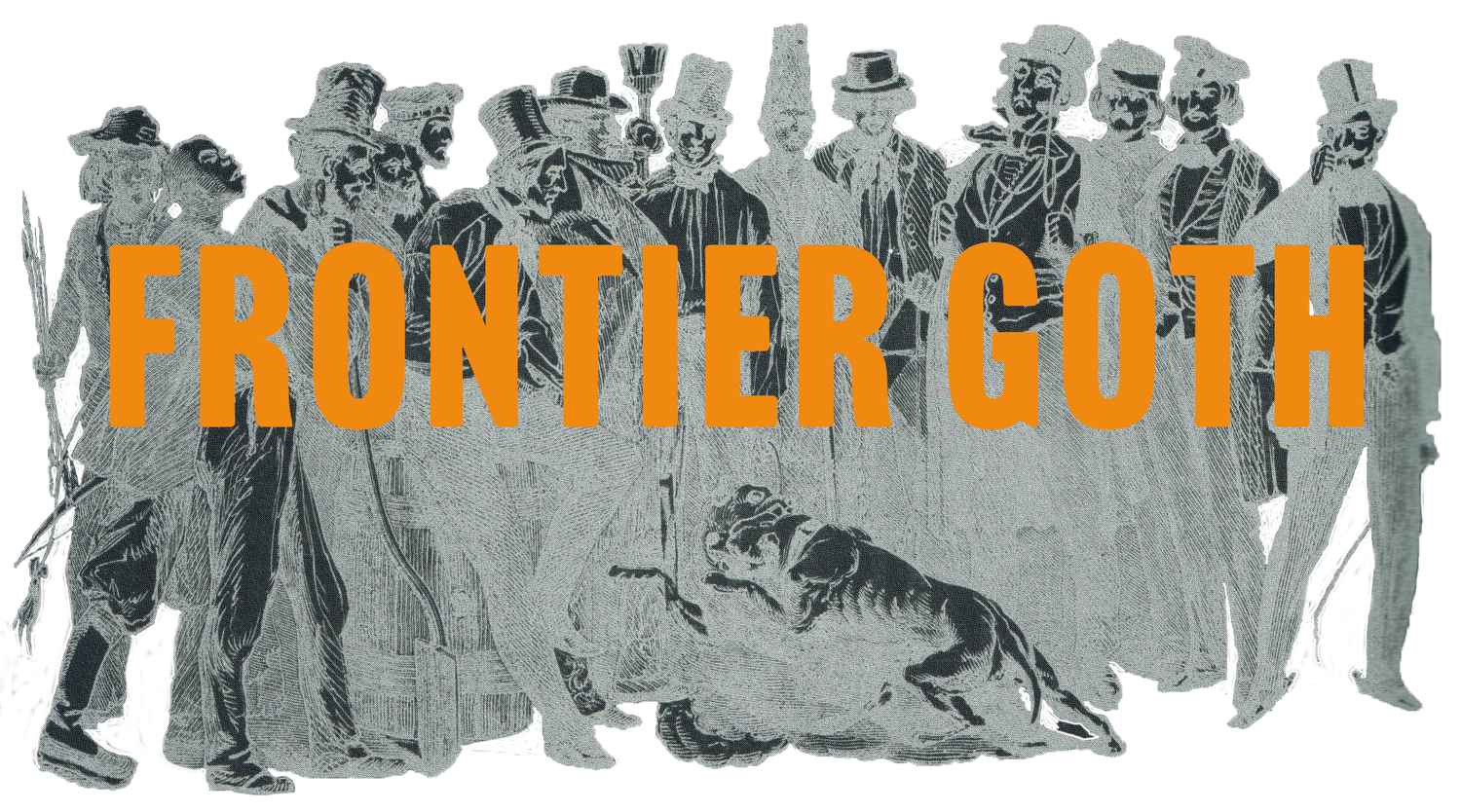America and the Tintype by Geoffrey Batchen & Karen Haltunnen
“American tintypes, which extended the cultural possibilities of photographic portraiture to a mass audience, thus contributed significantly to the decline of Victorian middle-class propriety in the United States. By the 1890s, it had become clear that it was one thing for self-confident bourgeois men and women to express their own highly self-conscious critique of the theatricality of refinement—a critique that could function as yet another claim to their higher class standing; and it was quite another matter for working- and lower-middle-class men and women to subvert and ridicule the theatricality of refinement—a critique that aimed at undercutting bourgeois pretensions and claims to superiority. But the tintype’s most radical assault on the genteel performance and its cult of sincerity was made by the many occupational portraits of barbers and butchers, paper hangers and house painters, tinsmiths and blacksmiths. The occupational tintypes turned upside-down the conventions of genteel performance—depicting work-soiled men and women posing unabashedly with the tools that proclaimed their manual labor—while at the same time appropriating middle-class conventions of transparency—depicting those working men and women in natural poses, with open faces and minimal artifice. The revolt against Victorianism owed a great deal to the invention, in 1856, of tintype technology.”
—Karen Haltunnen, 2008


